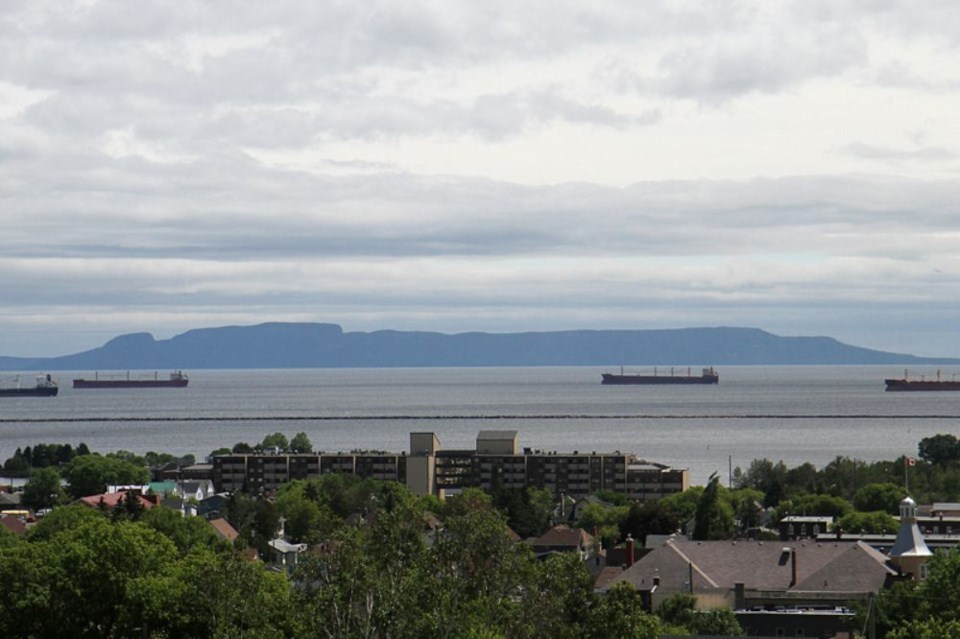THUNDER BAY – The city is not the best but also far from the worst place to live in Canada, according to a business magazine’s annual rankings.
MoneySense released their 2015 rankings of the most desirable places to live in the country, with Thunder Bay coming in at 112th of 209 municipalities.
That’s three spots lower than the 2014 rankings and a severe drop from when Thunder Bay landed at No. 20.
Boucherville, Que., a Montreal-area suburb, claimed the top spot on the list. Ontario municipalities in listed in the top-10 were Ottawa, Burlington, Oakville and Stratford. St. Albert, Alta., Blainville, Que., Levis, Que., North Vancouver and Quebec are also in the top-10.
The magazine broke their rankings down into nine categories: low unemployment, high incomes; affordable housing; healthy population growth; access to health care; low crime; easy to walk, bike or take transit; good weather; and strong arts and sports community.
Thunder Bay received a strong score in only one category – access to health care with 2.4 doctors per 1,000 residents.
The new list marked the first time the magazine based calculations on median household income, which in the city is a little more than $67,000. Last year there rankings were based on average household income, which was calculated at $75,000.
The amount of discretionary income per household increased slightly, going up to $39,752 from $38,551 last year.
The average household net worth was valued at $306,211, a significant increase from $267,786 one year ago.
While Thunder Bay lags in the middle of the pack, Kenora surged up the rankings to 39th on the list from 105th last year.
Kenora earned high marks in both healthy population growth, where it grew by 6.1 per cent in the past five years, and low taxes.
The median household income in the community of 17,855 was $78,114 with an average household net worth of $281,915.
The two Northwestern Ontario communities saw a dramatic difference in their crime rates. Thunder Bay had a crime severity index of 83.1 and a violent crime severity index of 115.1, compared to 76.1 and 79 respectively in Kenora.
The weather was a challenge for both municipalities, each with at least 162 days per year with a low temperature below freezing and no more than 85 with a high temperature above 20 C.
